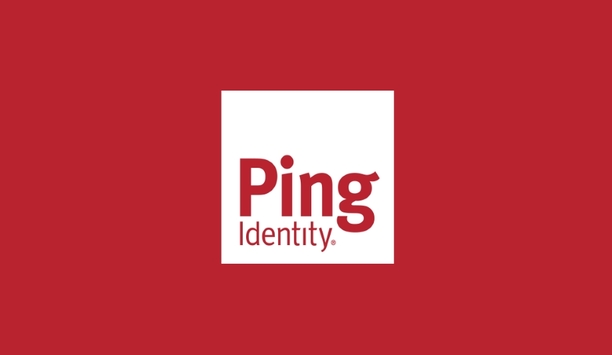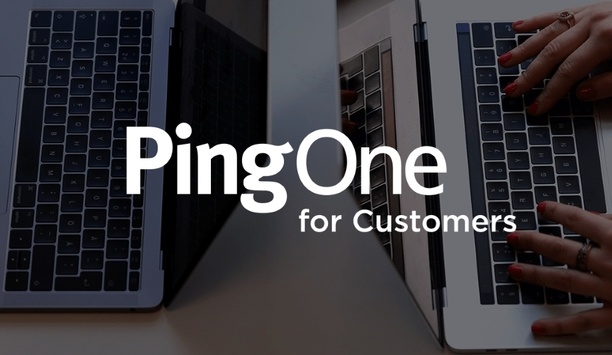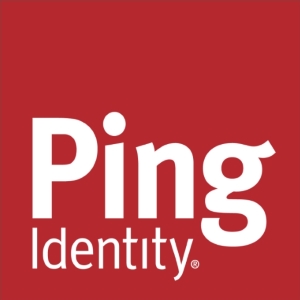Stephen Shoaff

Stephen Shoaff
Chief Product Officer, Ping IdentityStephen Shoaff is the Chief Product Officer at Ping Identity. Previously, he was the CEO and Co-Founder of UnboundID Corp. Stephen has also worked with companies like Sun Microsystems, Inc., Netscape Communications Corp., Nat Systems, and INSTEP. Stephen holds a B.S. in Computer Science degree from George Mason University.
News mentions
Ping Identity, the provider of Identity Defined Security, announces updates to its multi-factor authentication (MFA) solution, PingID, providing new methods to mitigate risk and strengthen security fo...
Ping Identity, the pioneer in Identity Defined Security, announced a significant update to PingOne for Customers, the cloud-delivered Identity-as-a-Service (IDaaS) offering built for developers. The A...
Ping Identity, the provider of Identity Defined Security, announced the public preview of PingOne for Customers. The cloud-based Identity as a Service (IDaaS) offering is built for the developer commu...






































